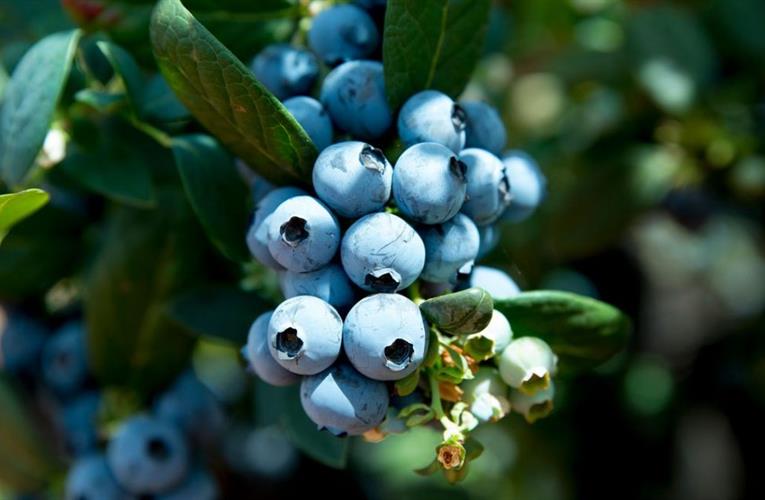The International Blueberry Organization unveiled its highly anticipated 2023 State of the Global Blueberry Industry report on Aug. 15, via a live presentation. The analysis thoroughly examines the sector’s challenges and strengths, confirming a shift in production towards the counter season.
“Sometime either in 2023 or 2024, the industry will see more fresh volumes shipped globally between October 15 and November 15th than in the month of July, driven by Peru and various other newer sources of supply,” the report says.
Roughly a decade ago, this same period was virtually devoid of product. However, the fall, winter, and spring periods in the northern hemisphere have experienced drastic improvements in both availability and quality, driving significant increases in consumption. This increased availability of more consistent quality fruit is driving focus on quality as well as value creation and category segmentation year round, the report finds.
Peru has catapulted to the top as world leader in blueberry exports, growing from 223 metric tonnes in 2021-22 to more than 286MT in 2022-23. The UK’s largest source of blueberries abroad comes from this South American nation, and continues to rise. It saw 14.74MT of blueberries from Peru in 2022, up from 13.19MT in 2021.
But challenges persist. Despite exponential growth, there has been a considerable squeeze on margins, with input costs in 2022 soaring between 20-30% and non-harvest costs even doubling in some instances.
However, IBO says that the tide seems to be turning, with costs starting to normalize. The report also highlights the increasing importance of strategies like demand promotions, spotlighting the success of Poland, the emphasis on field efficiency, and the relentless pursuit of quality.
Poland’s blueberry exports to the UK dipped from 4.41MT to 3.94MT, but labour shortages from the Ukraine war had a lot to do with it. Poland is continuing to plant and should rebound in the next year or two.
The UK’s second biggest partner is now Morocco, which soared past Spain. Just two years ago, Morocco only delivered 1.64MT to the UK, but now that figure is 10.35MT. The decline from Spain has been precipitious, going from 13+MT to 9.52. It still remains third on the list, ahead of Chile (which also saw a one metric-ton drop year over year) and South Africa, which moved up from 5.92MT to 7.28.
Rough go domestically
Blueberry production in the UK, meanwhile, grew by 1.7MT. Of the 665 hectares, 42% were hydroponics and 32% were under structure. New genetics and organic combined to account for 11%.
But a combination of factors – Brexit fallout, labour shortages, soaring costs and inflation – have severely dampened what could be a promising story in the UK. Unless these variables and perception changes, blueberry growing in the UK may not be sustainable.
“What is relevant is that consumers do not have a history of associating blueberries with being British, and therefore there is little loyalty to the British brand compared to, say, strawberries which command a significant premium,’ the report notes. “Retailers are taking opportunities to buy cheaper imported fruit. The only reason many [growers] have not been taken out is that the investment in the crop is significant and growers are thinking that they can ride out the current problems. New plantings are largely limited to those that were already planned before the current circumstances, and some growers will be coming out of the crop over the next 2-3 years.”
The 2023 State of the Global Blueberry Industry report is an incremental expansion on the 2022 report, offering a similar structure and layout with some expanded reporting and data tools.
“The depth of analysis and insights will surely serve as a valuable resource for all stakeholders, ensuring we can make informed decisions and understand the shifting dynamics of our industry,” says Cort Brazelton, Chief Editor and co-author of the report.
The 2023 State of the Global Blueberry Industry report is free and can be downloaded here.






